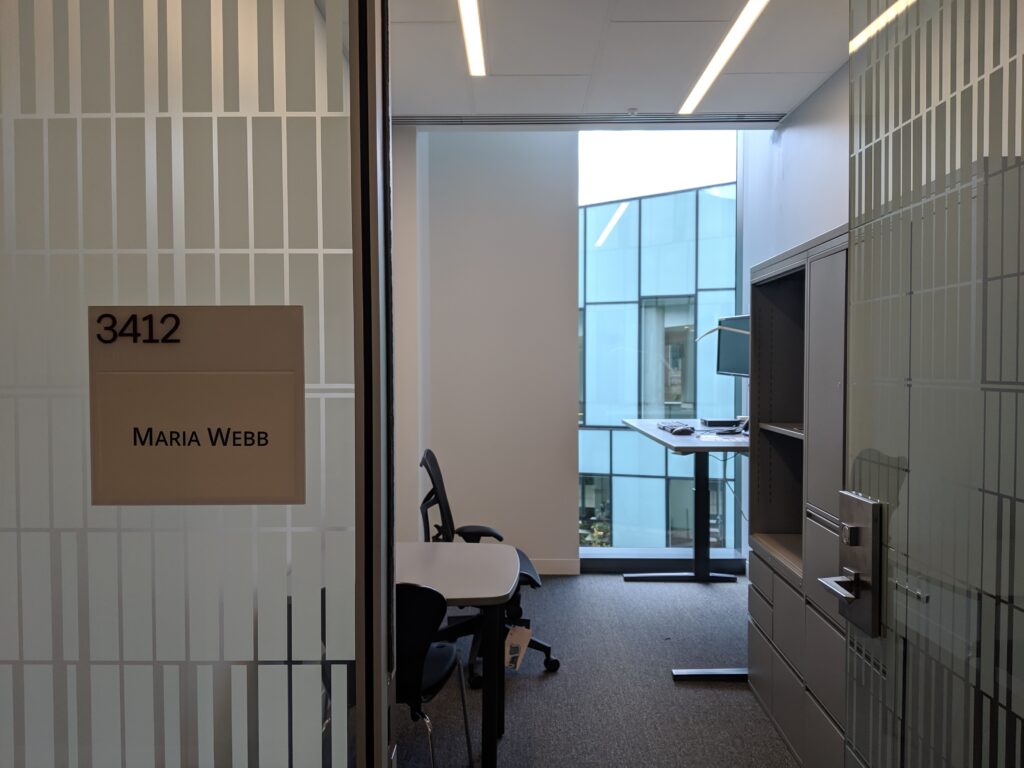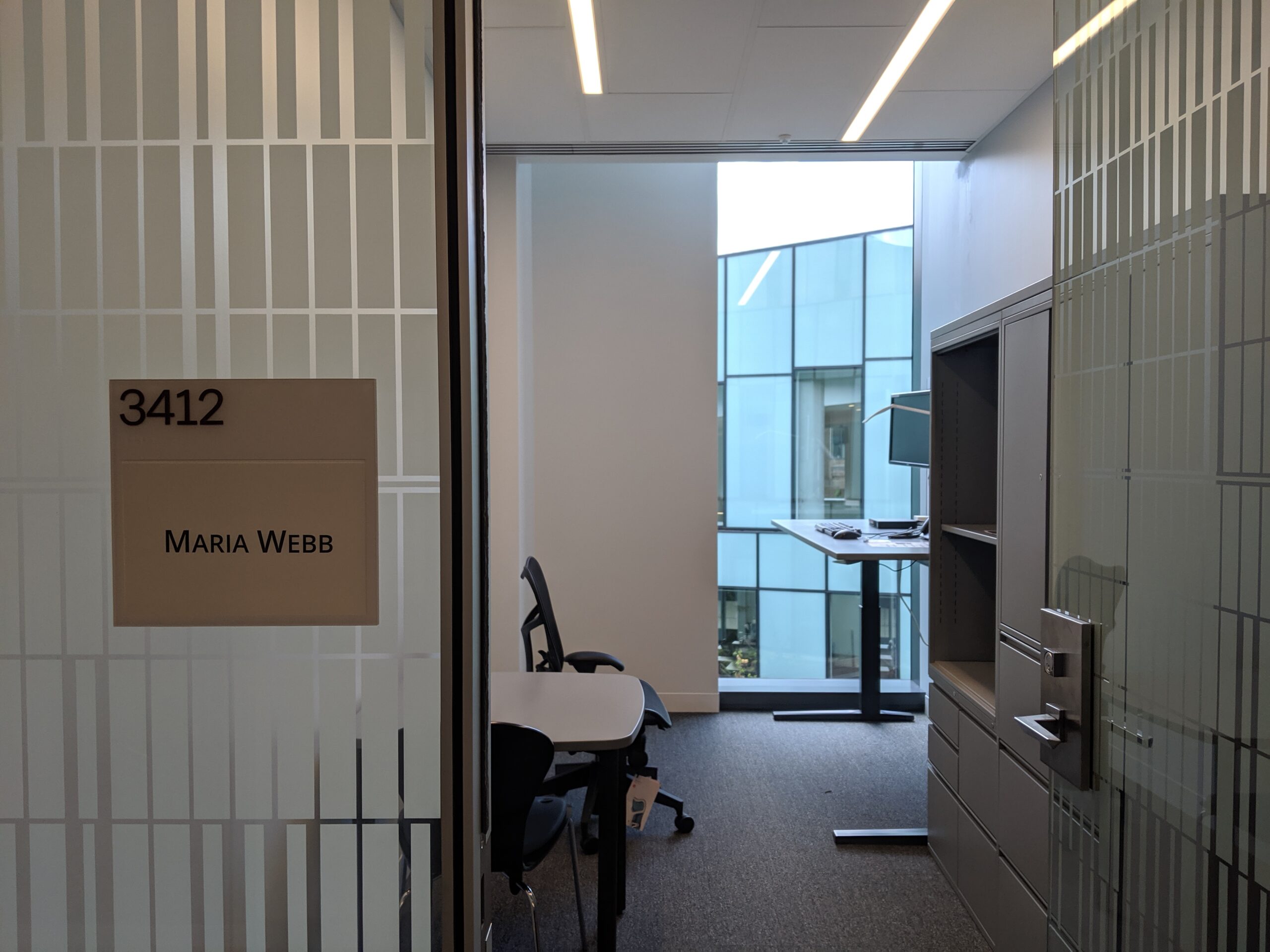
Like most other schools across the nation, our university moved all teaching to remote online learning in mid-March (Spring Break time). I wanted to share a little about how I did that as we look toward future semesters (who knows what higher education will be like even a few months from now). Obviously, I was not perfect at this and have a lot to learn and to improve, but some of the things I did were met with appreciation from students in unsolicited emails to me. I appreciate feedback on this and also am intensely curious about how others handled this situation and plan to in subsequent courses and semesters. I don’t feel that we are sharing knowledge as much as we could be as educators, though I hope this begins to change as we maybe get some time and energy back as the spring semester closes.
Some background: I just finished my 6th year of being a full-time faculty member at a university; this was the end of my 1st year at my current university. For 5 years, I taught computer science, and this past year I taught information systems, both fields in which I have degrees. My 5 years in computer science were at a small liberal arts school in a rural community (my average class size was under 30 students on a 3/3 load), and this past year was in an urban business school at the second-largest university in the state, where I taught between 300-400 students each semester over a 3/4 load (moving forward, I’ll be on a 4/4 load). I am and always have been on the educator track (not tenure track). Also of importance, I am not a primary caregiver for anyone (i.e. no kids to be managing, which could throw a wrench into availability, energy levels, etc.) and for the most part, both my husband and I have been relatively healthy for most of this.
So, let’s look at the courses I was teaching for spring 2020. I had two sections of a systems analysis course that has an emphasis on group project work (“small” classes, with about 70-80 students over the two sections), and two sections of an intro to information systems course (one large 200-ish person class in our largest lecture hall, one online/distance learning course with about 40-50 students). The online course was my first distance learning course and turned into a blessing since we already had the materials to transfer over to the large in-person class. I did not need to “worry” as much about the material (videos) for these courses as a result and let me focus more on the course that had no online equivalent (more on this later).
I did do a few things right away to help me figure out what my students were going through and to see what I could do. As soon as we knew we were going remote for the rest of the semester, I sent an email announcement to all my students (through Canvas) asking them the following questions:
- How is your internet connection where you are? Do you anticipate having trouble streaming video, downloading PowerPoints, accessing Canvas, etc? Do you have access to your book? Do you have access to a laptop?
- Do you have a place you can work? Is it quiet enough? Or are there many distractions?
- Are you safe? Are you feeling okay? (physically/mentally/emotionally) Are you a caregiver right now to others?
- Are there accommodations you would have needed if this had been an online class from the beginning? (Let’s get them set up.)
- What time zone are you in?
In that email, I outlined my own answers to the relevant questions and laid out a preliminary plan for the rest of the semester. I also assured them that we would work together and that we would all need to be flexible. I received a response from almost all my students and I read every single one and replied to most.
In the future, I will still ask these questions but as an ungraded survey in Canvas instead of email replies. I will also ask probably 2 or 3 times a semester (or maybe even once a month, if needed) in order to capture any changes happening that I will need think through as related to the course.
Of note, with each and every email I sent to any students, I asked them to let me know how they were doing. Are they okay? Has something changed since the last time I heard from them? I received no fewer than 20 emails from students toward the end of the semester specifically referencing my asking this question and how much they appreciated it. Many of these students said none of their other professors were asking how they were doing. For me personally, I wanted to make sure that they were okay – I’m sure this need is leftover from my small, liberal arts classes, where I knew each student not only by name but also lots of other details about each of their lives, but it still worked just as well in my 200 person large lecture class. I heard from students who were worried about their parents who work in healthcare, from students who lived alone in an apartment off campus who did not want to even walk through the lobbies in their buildings, from students who went to vacation houses with their families, from students who reciprocated the question and wanted to know that I and my family were doing okay. I am positive I know more about my students after being remote than I ever would have known if we were in person.
After a few weeks of remote classes, I sent emails out to all students who hadn’t logged in or submitted assignments yet. I should have done this sooner (after 1-2 weeks perhaps) and will be more on top of this in the future. I did manage to catch a few students back (more emails referencing no other professors reaching out to them) but not all.
As soon as things calmed down a little bit, I started hosting, via WebEx, drop-in office hours multiple times a week at different times on each day (for instance, 10-11am on Tuesdays, 1-2pm on Wednesdays, 3-4pm on Thursdays). The timing was important to students who were in different time zones or were working or caring for others. I also had a lot of availability for one on one dedicated appointments. I will offer more office hours next time, and make it really clear that I am available to the students. Some of them did not seem to realize they could ask me for help (I have this issue with in-person classes, too…).
The intro to information systems class, aside from at least 1 email a week (sometimes 2 or 3), was relatively straightforward to get online. I moved over the rest of the materials from the established online class (short videos in modules, lab instructions) that another colleague had already developed a couple of years ago. In the future, I will communicate better with our TAs in particular about handling labs – students needed to use a virtual setup if they didn’t have certain Microsoft software which proved harder than necessary to communicate to them – but for the most part it went smoothly. The TAs are students too (graduate), so I should have been checking in with them more often, as well as making sure they were keeping up on grading.
The systems analysis class has never been done online, so here is what I did, as well as what I think I could do better. First, I recorded short (3-15 minutes, max) videos over the course of a few weeks; each video was focused on one topic or idea. The videos recorded my laptop screen (I used Kaltura) and my voice. Too late, I realized I should add captions, transcripts, and record my face and hands as well, so I will do this for the future (I did not have any students with disclosed hearing loss this semester, and did ask about accommodations if we were to be on video, but I will make sure to provide transcripts for all videos moving forward). The students told me they appreciated the short videos (versus an hour or more video to get through). I recorded not just the slides but also “how to” for our diagrams so they could mimic what we would have done in-person in class for activities. I separated the chapters we had remaining into parts (i.e. Ch 5 part 1, Ch 5 part 2) and each part roughly corresponded with a day of lecture (80 minute classes). On Canvas, this looked like a Chapter 5 Module with links to the materials (PowerPoint slides for each part, quizzes, homework, videos). I essentially was trying to replicate our in-person classes but asynchronously. (We had a couple of students need to go home to China, plus other time zones, so I wanted it to be asynchronous.) I did not add any work that was not already planned for. The only synchronous activity we had was a review session for our last test, which I also recorded for any students who were unable to attend in person.
I think it worked relatively well. The biggest things I need to figure out for next time are how to do the in-class activities we were having fun with (I like to do hands-on learning) and how to do group projects. I wound up ending the group project when we went remote – it was the perfect timing since we had just finished the halfway point – and while students were grateful to not have to figure out how to work with their group members across time zones and in some cases with limited internet access, they also expressed sadness at not getting to finish the project. So this is my main question for the summer – how to do group projects without undue stress? My other concerns revolve around the added value of my being their teacher. The hands-on, in-person learning is the best part of school (I think). So, how do I do this virtually? I have a few ideas, but need to dive into online education and how others are able to provide excellent educations with only video and Internet access to each other.
I am interested to hear your experiences as well. What worked? What didn’t? What do you wish you would have done instead? What ideas do you have? What can I do better?
My main goals as we moved to remote were to still provide the education the students were expecting without a lot of extra hardship. I intentionally refused to add any more work, especially attendance “busywork”. I tried to be as kind as possible. Most of my decisions were made with the question, “What would I have needed in this situation as a college student?” in the back of my head. I was not perfect at all (it took me way too long to grade and also too long on average to reply to all the emails I was suddenly getting) but my hope is that no one had too much extra anxiety from my classes that wasn’t needed or that they wouldn’t otherwise have experienced from being in-person.
For reference, the resources I used to switch to online were Canvas (with Kaltura recording), WebEx, and an online virtual lab desktop our university has for software access. We have other resources as well (like Microsoft Teams) but I wanted to stick with what my classes already knew and not add anything new into the mix. We were already using Canvas heavily in class which helped a lot.
